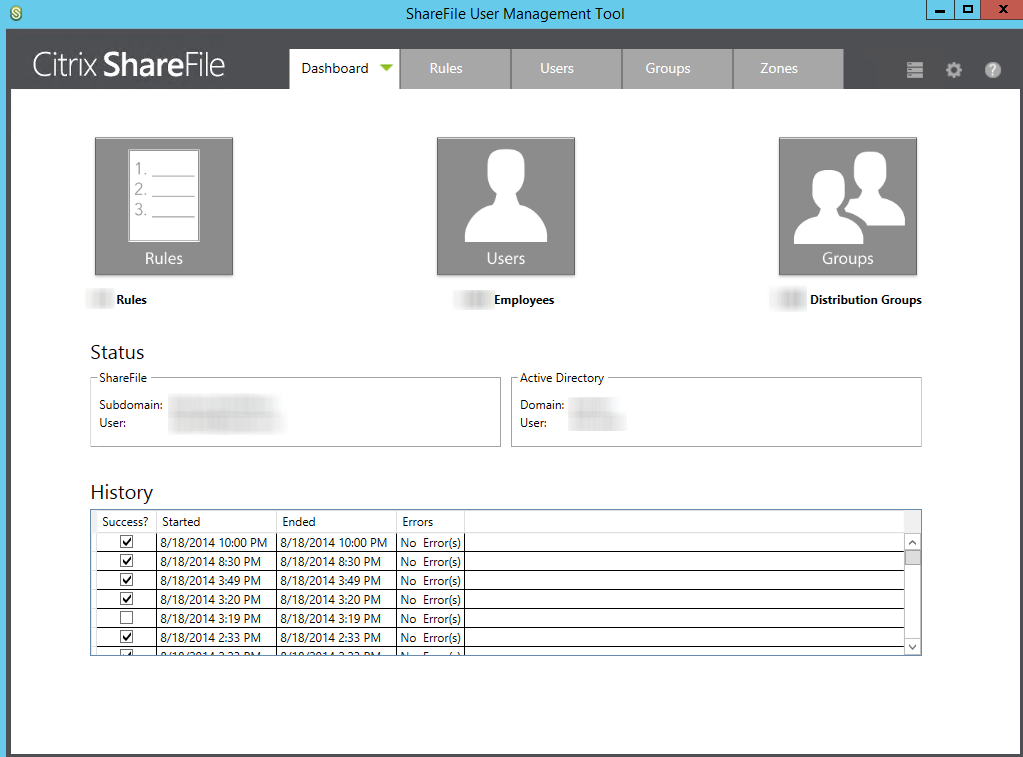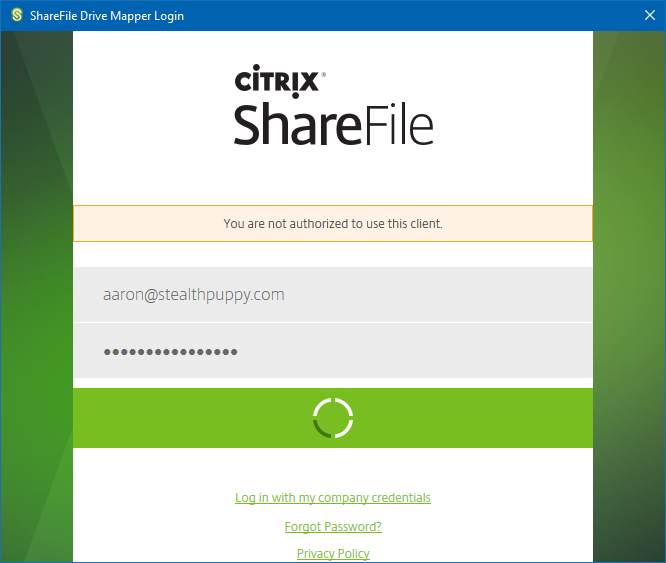

#Long path tool citrix sharefile windows
And yet still….the spectre of the network drive hangs grimly on, with enterprises either unable or unwilling to try and wean their users away from this method of working.Īnother reason often mooted by users when trying to prise their network drives from their fingers is that they appear in the Windows shell in particular locations. that can also provide cloud-synchronized locations for data that store local copies as well, so that users can seamlessly switch devices and network locations. We have EFSS (Enterprise File Share and Sync) tools like Microsoft OneDrive, Citrix Sharefile, DropBox, etc. We have loads of administrative tools and processes that can handle this redirection. We now have multitudes of Windows special folders and “libraries” that can be redirected to UNC paths without ever needing to use a dedicated drive letter. However, this principle has embedded itself into business processes so deeply that it has persisted way, way past its sell-by date.


Which was absolutely fine, given the operating systems of the time. The “mapping” of the “drive” to a networked storage area allowed users to save their files to UNC paths where they would be covered by backups and able to be shared with others. Here we see a legacy Windows 2000 system showing that within My Computer, drives were usually the only available entry points were only just starting to appear in the Windows OS, so the use of network drives was pretty much endemic. “System folders” like Documents, Pictures, etc. Users (or admins) could have created shortcuts to replace these, but let’s not forget that widespread centralized management of the user environment wasn’t particularly common at this point in time. The reason for this was pretty simple – in early versions of Windows we had “My Computer” (which has now been rebranded as “This PC”) as practically the only user entry point into the filesystem. But in the early days of Windows, we always used to provision these shortcuts as “drive mappings”, as if the networked storage area was a physical drive in the machine and not a remote mount point. In essence, they’re just a shortcut to a networked storage area. Network drive mappings are the ultimate hangover from the past. A lot of issues that I run into in day-to-day operations are related to drive mappings and the odd ways in which they behave. Network drive mappings, in my experience, are nothing but problems that adversely affect logon times and other KPIs. However, I could have saved Mark the time and trouble it took to go through all this troubleshooting, because, in the end, “ it was the drive mapping that did it”.

#Long path tool citrix sharefile how to
This was a fascinating deep-drive into Windows internals – like all Mark’s posts generally are – and one which gave a great rundown on how to use SysInternals tools for solving problems. I remember Mark Russinovich writing a long and very interesting blog article back in the day, entitled “ The case of the veeeerrrry slow logons” (well worth a read). Network drive mappings give me nothing but headaches. I have opted to rewrite this as there are a few additions I’d like to make to the techniques used in here, some other questions I’d like to answer, and I might finally follow through on the promise I made at the time of the first article and record a video showing it in action 🙂 I will be removing the original article in a few weeks as most of the content from it is now merged into this piece. I published an article discussing the use of network drives in Citrix environments back in November of 2018.


 0 kommentar(er)
0 kommentar(er)
